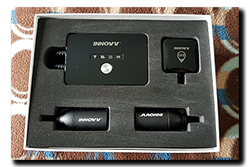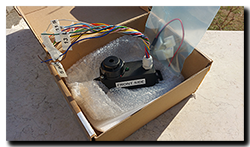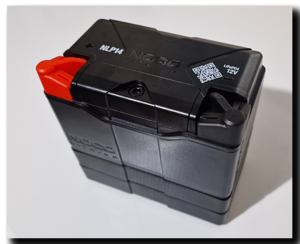 During its life the Capo has had two Lithium batteries – the original Shorai, fitted in October 2011 and used for about 3 months, and now the NOCO NLP14. It’s fair to say, similar technologies, but also a decade of development different.
During its life the Capo has had two Lithium batteries – the original Shorai, fitted in October 2011 and used for about 3 months, and now the NOCO NLP14. It’s fair to say, similar technologies, but also a decade of development different.
So what was the original problem with the Shorai? Very simple answer – temperature. Above an ambient 13-15C it would crank the Capo no problem, but cross below that particular Rubicon and it just stalled the starter motor until some heat was put into the battery, usually by running the headlights for a few minutes. Frankly, this was an absolute pain, hence swapping back to a good-old lead acid battery. It is this particular niggle that I have not come across yet with the NLP14 in my ZZR1200 even though we have had night-time temperatures dipping down to as low as -7C of late.
Installation
The NLP14 comes with some smashing cast/machined brass terminals that look lovely and offer a multitude of connection points – pretty and practical. But also too clever for their own good! On the Capo, Andy (Beasthonda) found that they caused the cables to sit far too close to the frame. So the terminal was modified by cutting approx. 4mm from the two sides and making the fixing hole into a slot to compensate. This allows the terminal to sit further ‘into’ the battery body and clear the Capo cables away from the subframe.
An alternative fix is to buy a couple of brass screw-on terminals from Motobatt. The MB-TERM-003 fitted just perfect and although they don’t look anywhere near as pretty as the NOCO terminals, they do the job just fine without cutting and drilling. They are made of 4mm thick brass and also have two extra attachment points – the upper being standard for the Capo. You can see from the pics, that there is a cover between the terminals held by one screw … this needs to be removed to fit the battery into the Capo. It’s simply ‘bodywork’ and just makes the battery mimic the shape of a few different battery types. In the end the battery took a only a few minutes to replace and is an almost exact fit for the Capo battery box (no padding required!) and the cables are well clear of the frame as well.
Performance
Simple …. It does exactly what it claims on the website. Both the Capo and the ZZR batteries have performed perfectly through winter – neither giving a moments problem. In fact, recently, the ZZR spent an extended time away and after a few weeks the tracker warned of a low battery voltage. Annoying, but to be expected with a tracker and camera system drawing parasitic voltage for such an extended period. By the time I got to it, the voltage was well down for a Lithium battery and I had taken my jump starter pack along as I expected to need it. In the end, even with the voltage reading only 12.18V I was gobsmacked that it fired up when I hit the starter button out of childish curiosity! But of course, the ZZR is a lovely inline-4 …. would the battery still crank the quirky-Capo in the same predicament? Truthfully …….. I don’t think I would have tried, we’ve all heard the camp-fire tales of dashboards going south and other electrical gremlins coming to play when poor-voltage fairy is on hand.
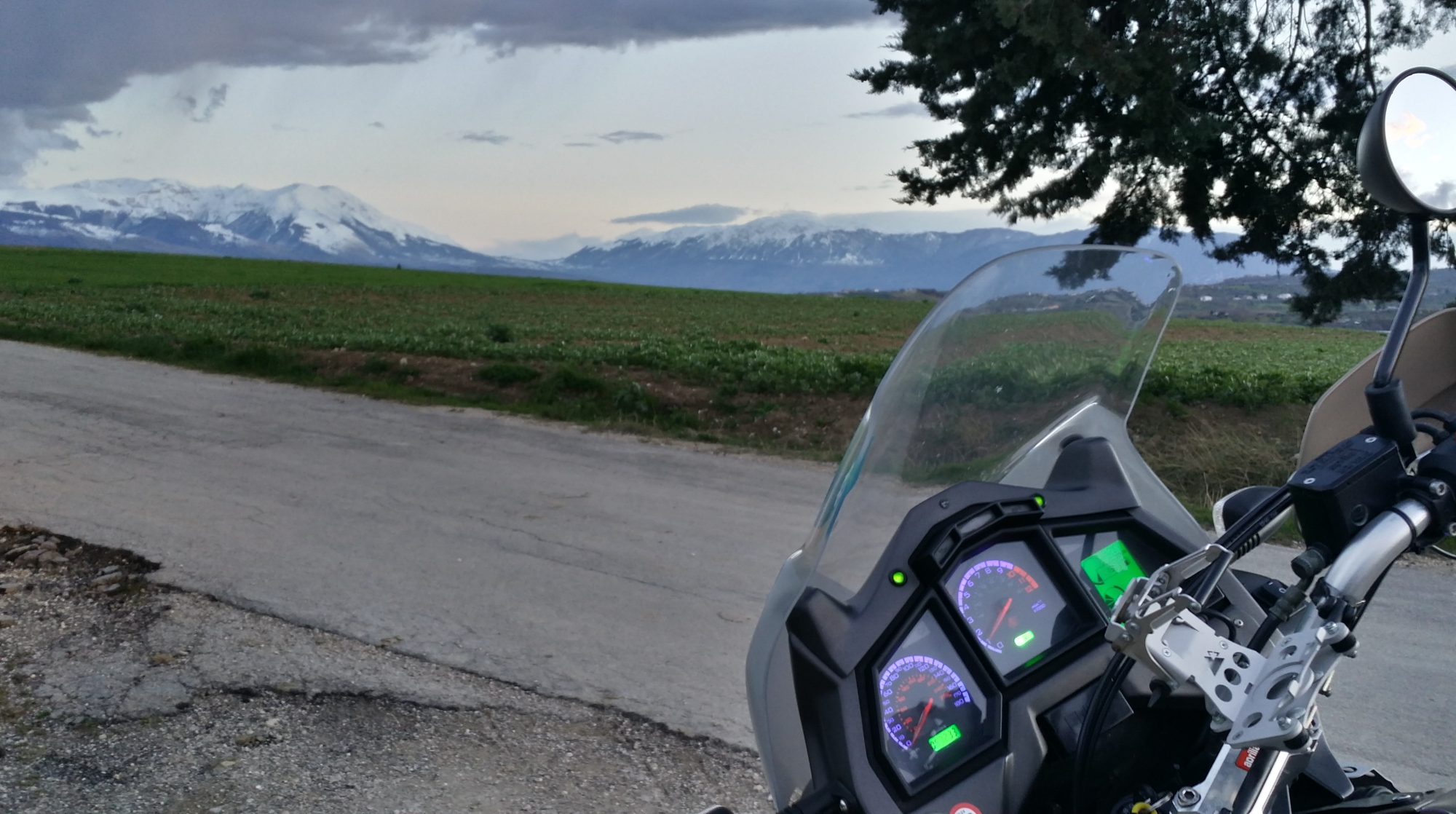




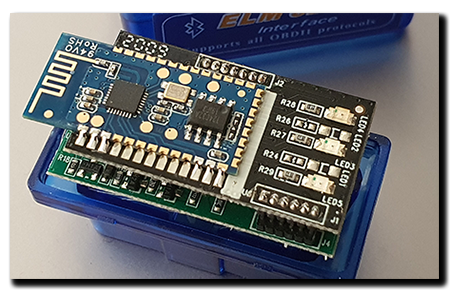 Further to the last post about accessing the Caponord ECU, I have added a couple of new pages under the ‘Aprilia Caponord Rally-Raid / ECU’ drop-down in the menu. A further page will be written shortly I hope. Apologies if they seem to ramble somewhat, but a terrible week, a stint in hospital and some rather strong pain meds have left me a little tired and woolly-headed. But I needed to get this stuff down before I forgot it all again!
Further to the last post about accessing the Caponord ECU, I have added a couple of new pages under the ‘Aprilia Caponord Rally-Raid / ECU’ drop-down in the menu. A further page will be written shortly I hope. Apologies if they seem to ramble somewhat, but a terrible week, a stint in hospital and some rather strong pain meds have left me a little tired and woolly-headed. But I needed to get this stuff down before I forgot it all again!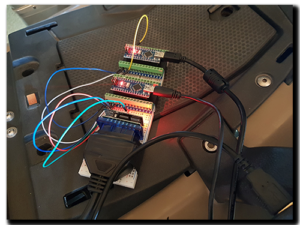
 Here we go then …. the plastic inlay carrier was treated to a real good bash around and the display popped into place. Looks nice with the inlay on top, but believe me, there’s plenty to do underneath to make the mount safe for thrashing around on a motorbike!
Here we go then …. the plastic inlay carrier was treated to a real good bash around and the display popped into place. Looks nice with the inlay on top, but believe me, there’s plenty to do underneath to make the mount safe for thrashing around on a motorbike!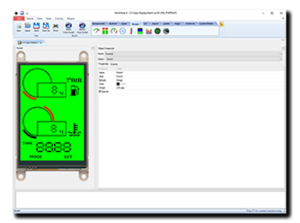
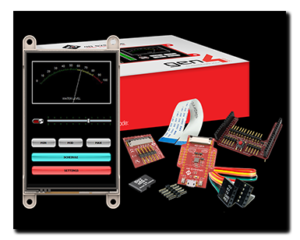



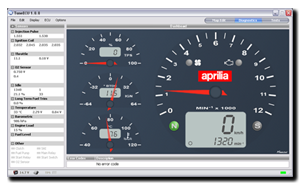 I’ve just had a fun few hours preparing the Capo for its MOT (annual inspection) and one of the issues I wanted to get around to sorting was the slightly high tick-over.
I’ve just had a fun few hours preparing the Capo for its MOT (annual inspection) and one of the issues I wanted to get around to sorting was the slightly high tick-over.